The Cultural Legacy of Florence – 09/2017
Florence (Firenze) is a renowned city in Italy, founded by the Romans in 59 BC on the Arno River, which still flows through the city today. With a population of approximately 380,000 people, it is a city that has made an incomparable contribution to the development of European and world civilizations.
Some of the most famous figures in history were born, lived, created, and worked in Florence. Leonardo da Vinci, Michelangelo, Donatello, Dante, Galileo, and Amerigo Vespucci are just a few examples of the great thinkers, artists, and scientists who called Florence home. It is no wonder that the city is often referred to as the “Cradle of the Renaissance,” as it laid the foundation for this era of rebirth and revival.
Walking through the streets of Florence is like taking a step back in time. The city is full of stunning architecture, including the iconic Cathedral of Santa Maria del Fiore, with its famous dome designed by Brunelleschi. The city’s historic center, a UNESCO World Heritage Site, is filled with museums, churches, and palaces, each with its own unique history and story to tell.
One cannot speak of Florence without mentioning its incredible art. The Uffizi Gallery is one of the most famous art museums in the world, housing works by Botticelli, Leonardo da Vinci, Michelangelo, and Caravaggio, among many others. The Accademia Gallery is another must-visit for art lovers, as it houses Michelangelo’s masterpiece sculpture, the David.
Despite being a bustling city, Florence manages to maintain a sense of intimacy and charm. Its narrow streets, hidden courtyards, and cozy trattorias give the city a warm and welcoming atmosphere. Florence is a city where you can easily get lost in its winding streets, stumbling upon hidden gems and discovering something new around every corner.
In addition to its rich history and culture, Florence is also a hub for fashion and design. The city is home to some of the world’s most prestigious fashion houses, such as Gucci, Ferragamo, and Pucci, and hosts a biannual fashion week that attracts industry insiders from all over the world.
In conclusion, Florence is a city that has it all – art, history, culture, fashion, and so much more. It is a city that has left an indelible mark on the world, and continues to inspire and captivate visitors from around the globe.
1. It is just pleasant to walk along these streets in the morning until the tourists start crowding in.
2. But riding a bike on cobblestone streets is not one of the most pleasant walks.
3. Piazza della Santissima Annunziata is a picturesque square in Florence, located near the city center. The square is known for its impressive architecture and historic monuments, including the monument to Ferdinando I de’ Medici, which stands at its center.
Ferdinando I de’ Medici was a powerful figure in Tuscany’s history, and his reign marked a period of significant cultural and artistic growth in Florence. The monument serves as a reminder of his legacy and the contributions he made to the city and its people.
As we continue our journey through Florence, we move closer to our main goal.
4. And just like that, jumping into another small narrow street, you discover in front of you the incredibly large and beautiful Duomo – the Cathedral of Santa Maria del Fiore.
The Cathedral of Santa Maria del Fiore, or simply the Duomo, is one of the most iconic landmarks in Florence. Its massive dome and intricate façade are a testament to the city’s rich artistic and architectural heritage.
As you approach the Duomo, you can’t help but feel awed by its grandeur and beauty. The marble exterior is adorned with intricate carvings and sculptures, and the Gothic-style façade is a stunning example of Renaissance architecture.
5. The construction lasted almost 150 years – from 1296 to 1436. The length is 153 meters, the height is 114 meters. Elegant and grandiose.
During its construction, the Duomo was a symbol of the city’s power and wealth, as well as its commitment to art and architecture. The cathedral’s intricate design and construction required the expertise of some of the most skilled artisans and craftsmen of the time.
6. As with many famous landmarks and attractions, the Duomo in Florence draws a significant number of tourists each year. While this can make for a crowded and sometimes frustrating experience, it’s also a testament to the cathedral’s enduring popularity and significance.
7. The Campanile di Giotto is not just a functional bell tower, but also a work of art in its own right. Designed by the artist and architect Giotto di Bondone in the 14th century, the tower stands at over 84 meters tall and is decorated with intricate details and stunning sculptures.
One of the most striking features of the tower is the series of bas-reliefs that adorn its sides. These sculptures depict a range of scenes from the Bible and from Florentine history, and are executed with remarkable skill and attention to detail.
Despite its impressive height, the Campanile di Giotto is not without its challenges for visitors. Climbing the narrow staircase to the top can be a strenuous and sometimes dizzying experience, but the views from the summit are well worth the effort. From the top of the tower, visitors can take in panoramic views of Florence and the surrounding countryside, and get a sense of the city’s layout and landmarks.
8. The Basilica di Santa Maria Novella is one of the main churches in Florence, Italy. It was founded in 1279 and is the principal Dominican church in the city. The church has a beautiful façade with intricate details and features artwork from renowned artists such as Masaccio, Ghirlandaio, and Giotto. The interior is equally stunning, with frescoes, sculptures, and chapels dedicated to various saints. One of the highlights of the basilica is the Spanish Chapel, which contains a series of frescoes depicting the life of St. Dominic. The basilica also has a cloister and a peaceful garden where visitors can take a break from the bustling streets of Florence.
9. Piazza Carlo Goldoni is a square located near the Arno River in Florence, Italy. From there, visitors can walk along the riverbank and take in the stunning views of the city. The Arno River is a significant feature of Florence and has played a vital role in the city’s history and development. The river has been a source of water for the city and was also a vital trade route during the Middle Ages. Today, the riverbank is a popular spot for tourists and locals alike, who enjoy taking a stroll, having a picnic, or simply admiring the views. Along the way, visitors can also see several bridges that cross the Arno River, including the famous Ponte Vecchio, which is known for its jewelry shops and stunning views.
10. The Church of San Frediano in Cestello, located in the Oltrarno district of Florence, Italy, is a stunning example of Baroque architecture. Originally built in 1450, the church was extensively remodeled in the late 17th century, giving it the distinct Baroque style that visitors can see today. The church is dedicated to Saint Frediano, an Irish bishop who lived in the 6th century and is said to have performed many miracles during his lifetime. The interior of the church is richly decorated, with ornate frescoes, sculptures, and artwork adorning the walls and ceilings. One of the highlights of the church is the main altar, which features a stunning painting of the Assumption of the Virgin Mary by the Italian Baroque artist, Giovanni Battista Paggi. The church also has a beautiful choir area, a sacristy, and several chapels, each with its unique artwork and decorations.
11. And here is another one of the main attractions of Florence – the Ponte Vecchio bridge. It is the oldest bridge in the city, built in 1345 and has essentially remained in its original form. Nowadays, small shops selling gold trinkets line the bridge, but in the past, it was a place for meat markets.
The bridge is always crowded with tourists trying to get a good photo or just enjoying the view of the Arno river. While the bridge is undoubtedly impressive and unique, the experience may not live up to some people’s expectations. Nonetheless, it is still a must-see attraction in Florence for anyone interested in the history and architecture of the city.
12. The Vasari Corridor (Corridoio Vasariano) is a gallery filled with medieval masterpieces. It was built in 1565 by Giorgio Vasari as a secret passageway connecting Palazzo Vecchio and Palazzo Pitti, passing over the Ponte Vecchio. The corridor is over a kilometer long and is filled with works of art from the 16th and 17th centuries, including pieces by famous artists such as Michelangelo, Rubens, and Rembrandt. The Vasari Corridor provides a unique perspective on the city, offering stunning views of the Arno River and the city’s rooftops.
13. Walking back to the city center, we come across the typical old Italian streets once again. The narrow cobblestone paths with their charming buildings and quaint shops are a delight to stroll through.
14. The Holy Spirit Toilet is a unique sight in Florence, located in Piazza del Duomo. It’s an unconventional name for a public restroom, but it’s a fitting one given its location near the famous Florence Cathedral. Despite its unusual name, it’s a very modern and well-equipped facility that can accommodate up to 32 people at a time. The toilets are self-cleaning, and the whole space is well-maintained and clean. It’s a great place to take a quick break from exploring the city, and it’s also conveniently located near many other attractions in Florence.
15. One of the things that sets Florence apart from other cities is the ability to leisurely wander the streets, turn a corner and suddenly find yourself face-to-face with the Palazzo Pitti, the largest palace in Florence built in 1458. This is a constant theme throughout the city – there is always something interesting to discover, no matter where you go. The city’s compact size allows for easy exploration and the charming, winding streets are full of surprises. It’s a perfect city for those who enjoy exploring on foot and stumbling upon hidden gems around every corner.
16. The houses on Piazza Pitti are a beautiful example of Renaissance architecture, with their intricate designs and ornate details. Many of them have been preserved for centuries, and walking through this square can transport you back in time to the height of Florence’s artistic and cultural influence.
17. The Uffizi Gallery (Galleria degli Uffizi) is one of the oldest museums in Europe, founded in 1581. It houses an impressive collection of Italian Renaissance art, including works by Leonardo da Vinci, Michelangelo, Botticelli, and Raphael. The museum is located in the historic center of Florence, near the Piazza della Signoria and the Ponte Vecchio. Visitors can admire masterpieces such as Botticelli’s “The Birth of Venus” and “Primavera,” as well as Michelangelo’s “Tondo Doni.”
18. On the Piazza della Signoria, which is located near the Uffizi Gallery, various exhibitions are periodically held.
19. The National Central Library of Florence (Biblioteca Nazionale Centrale di Firenze) was founded in 1714 and is one of the largest libraries in Italy. It is located near the Santa Croce Church and contains a vast collection of books, manuscripts, and other documents. The library also hosts various exhibitions and events, including book launches and author readings. It is a popular destination for scholars and researchers from all over the world who come to study its vast collection of historical texts and documents.
20. Narrow streets – narrow buses!
In Florence, due to the narrow streets and alleys, the public transportation system includes small buses that are able to navigate through these tight spaces. They are a common sight in the city and are used by locals and tourists alike. The narrow buses allow for more efficient transportation in areas where larger buses or vehicles cannot easily pass through.
R. It sounds like a really amazing city! There’s so much left to explore and see, it’s hard to even imagine. However, it’s probably best to visit during the off-season (if there is one) so you don’t feel like a sardine in a can, and can freely walk around and enjoy the sights 🙂







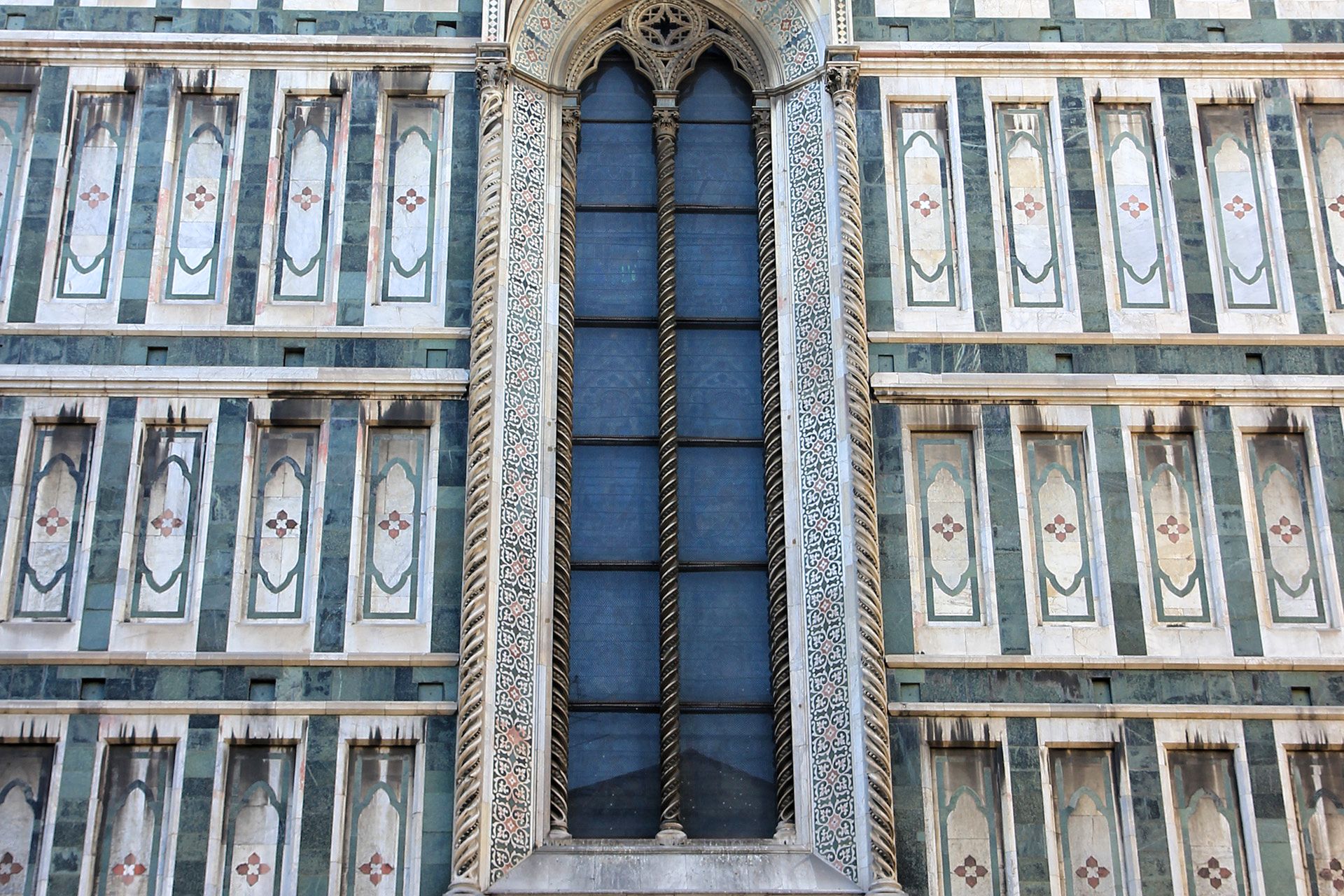



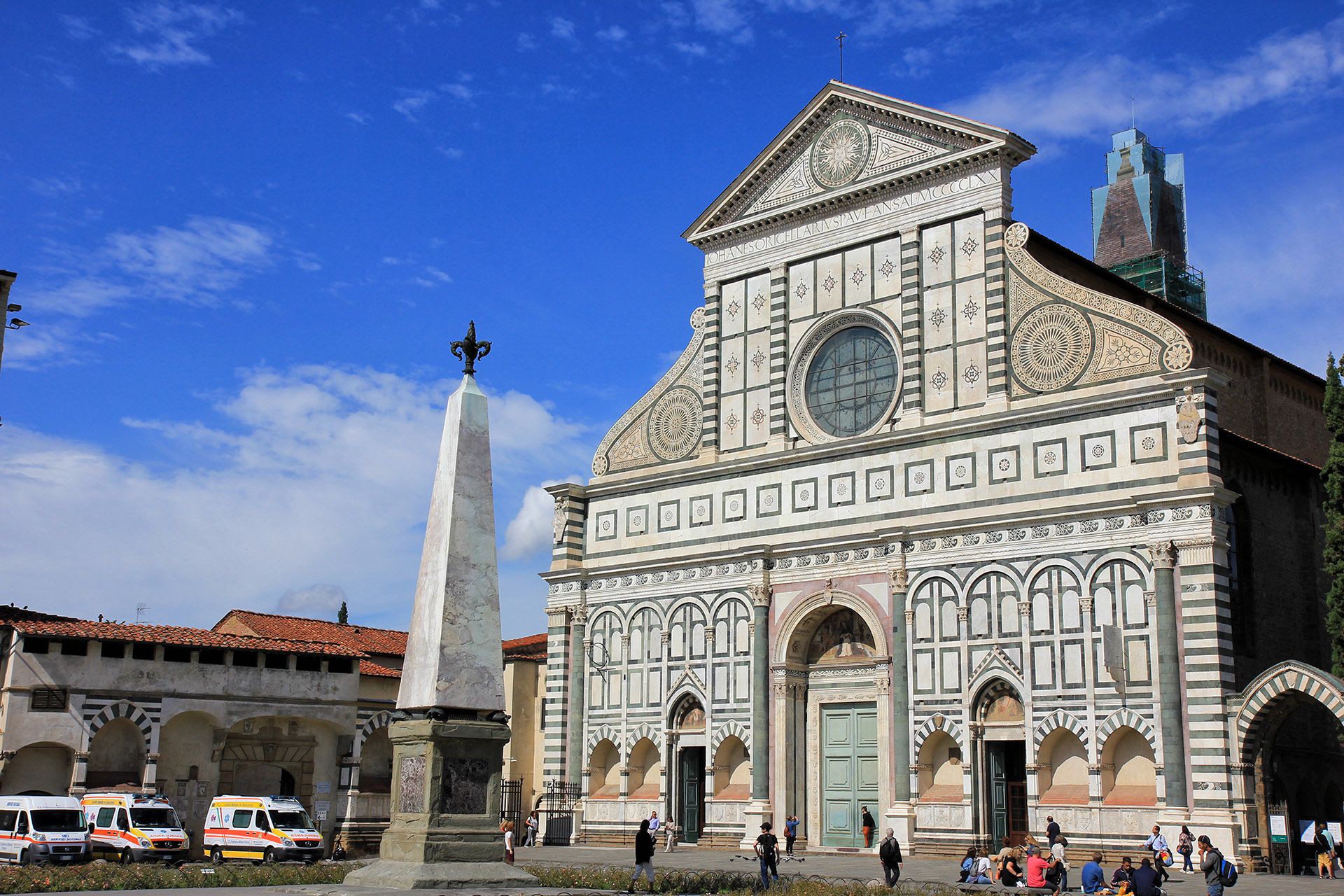






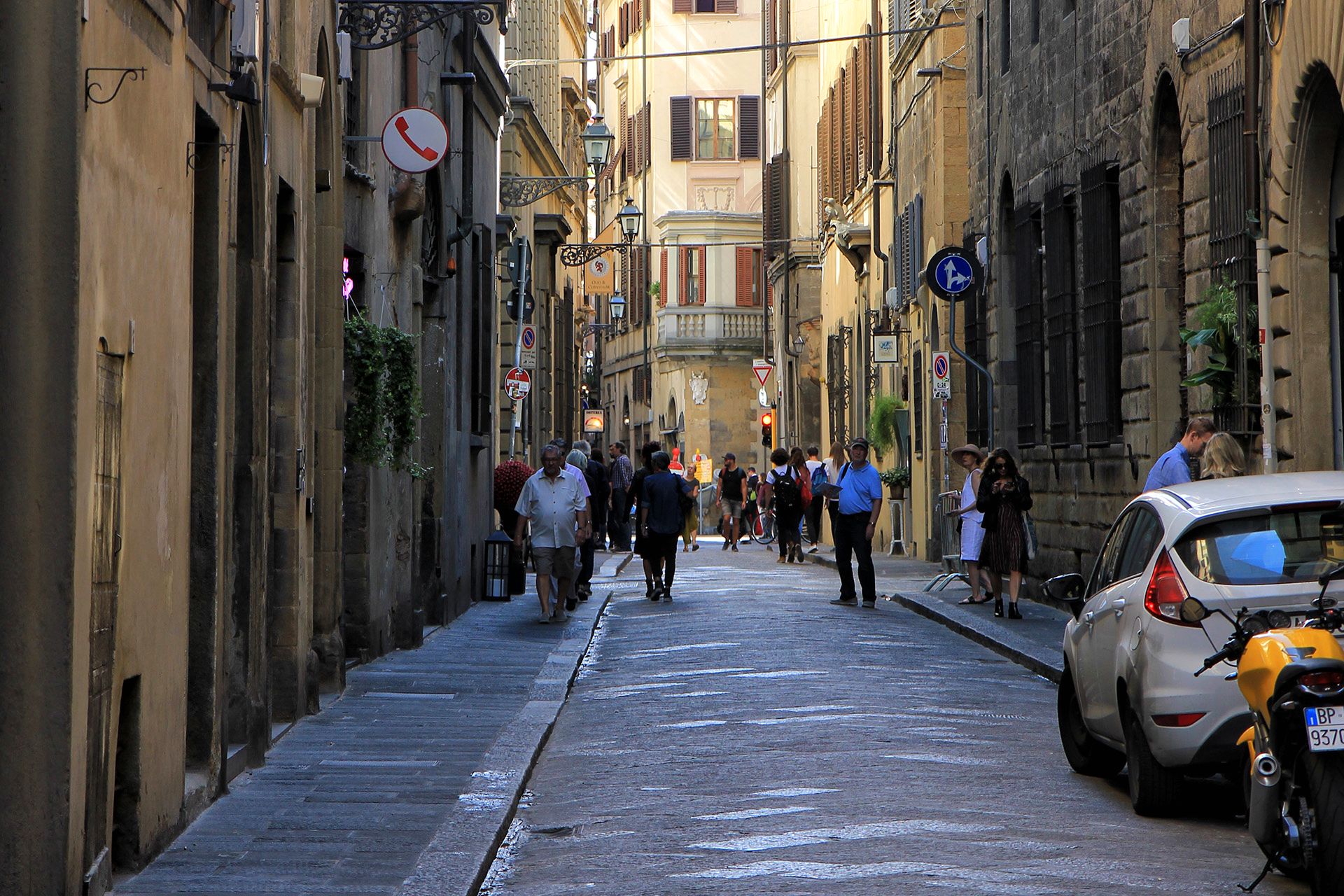

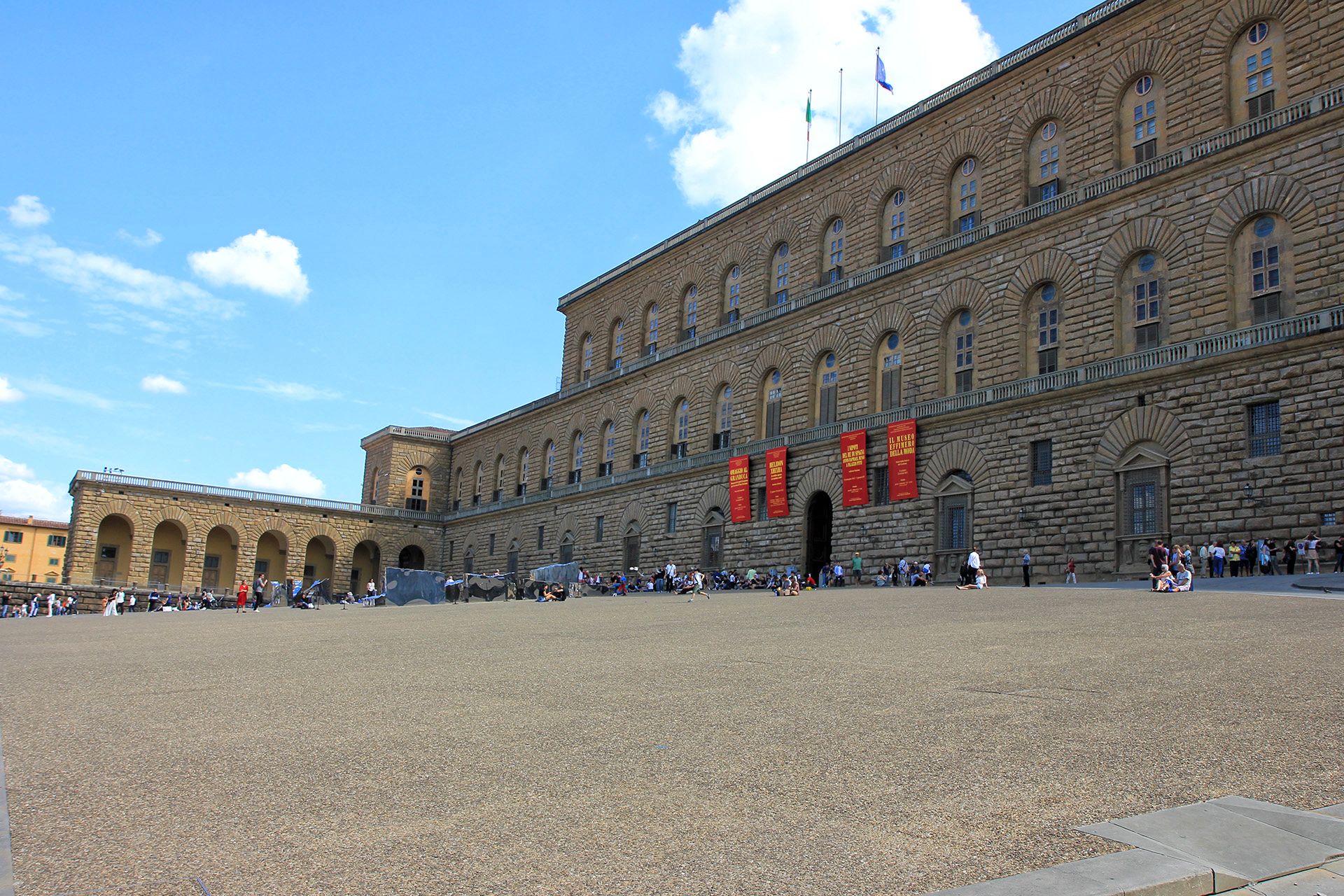





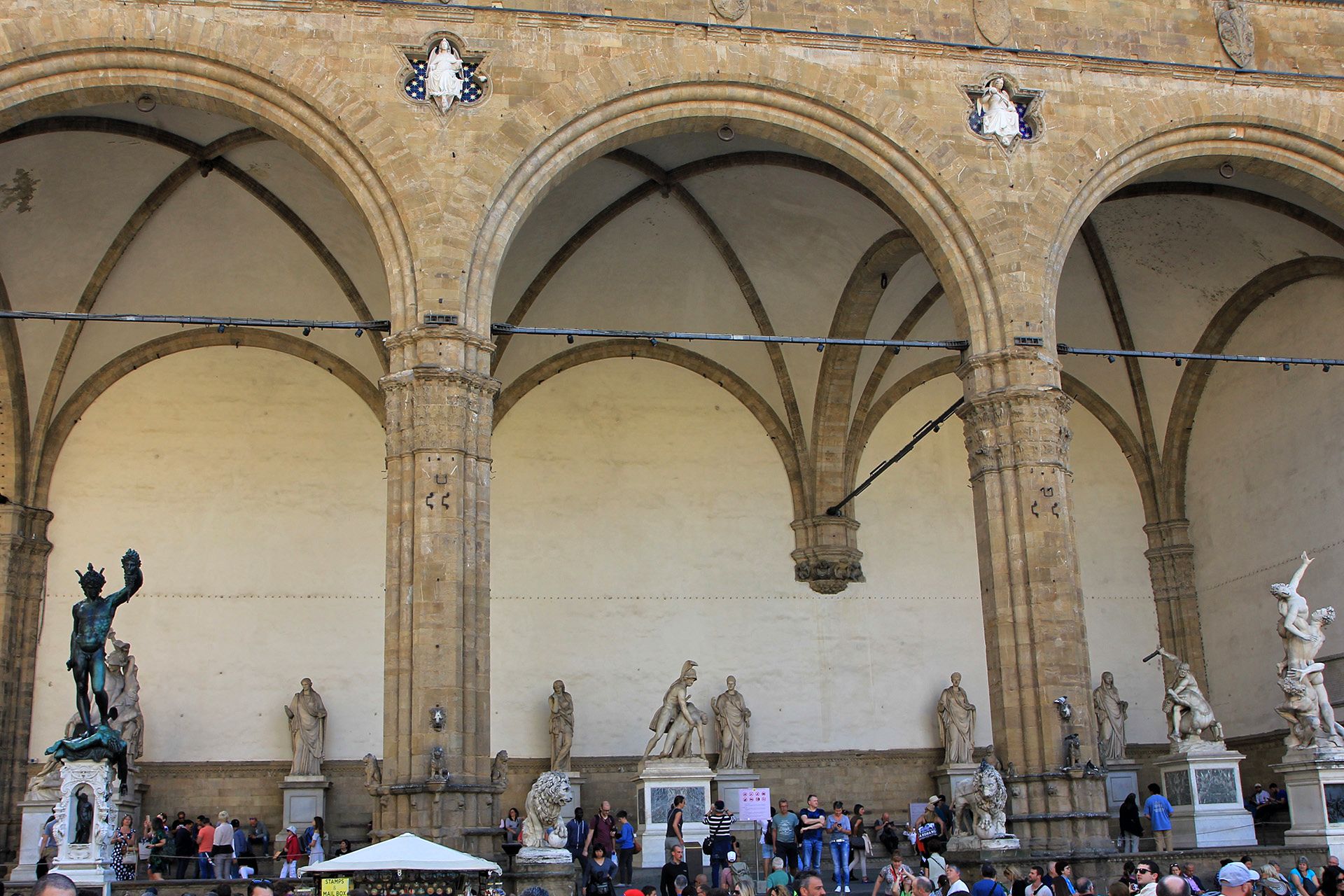
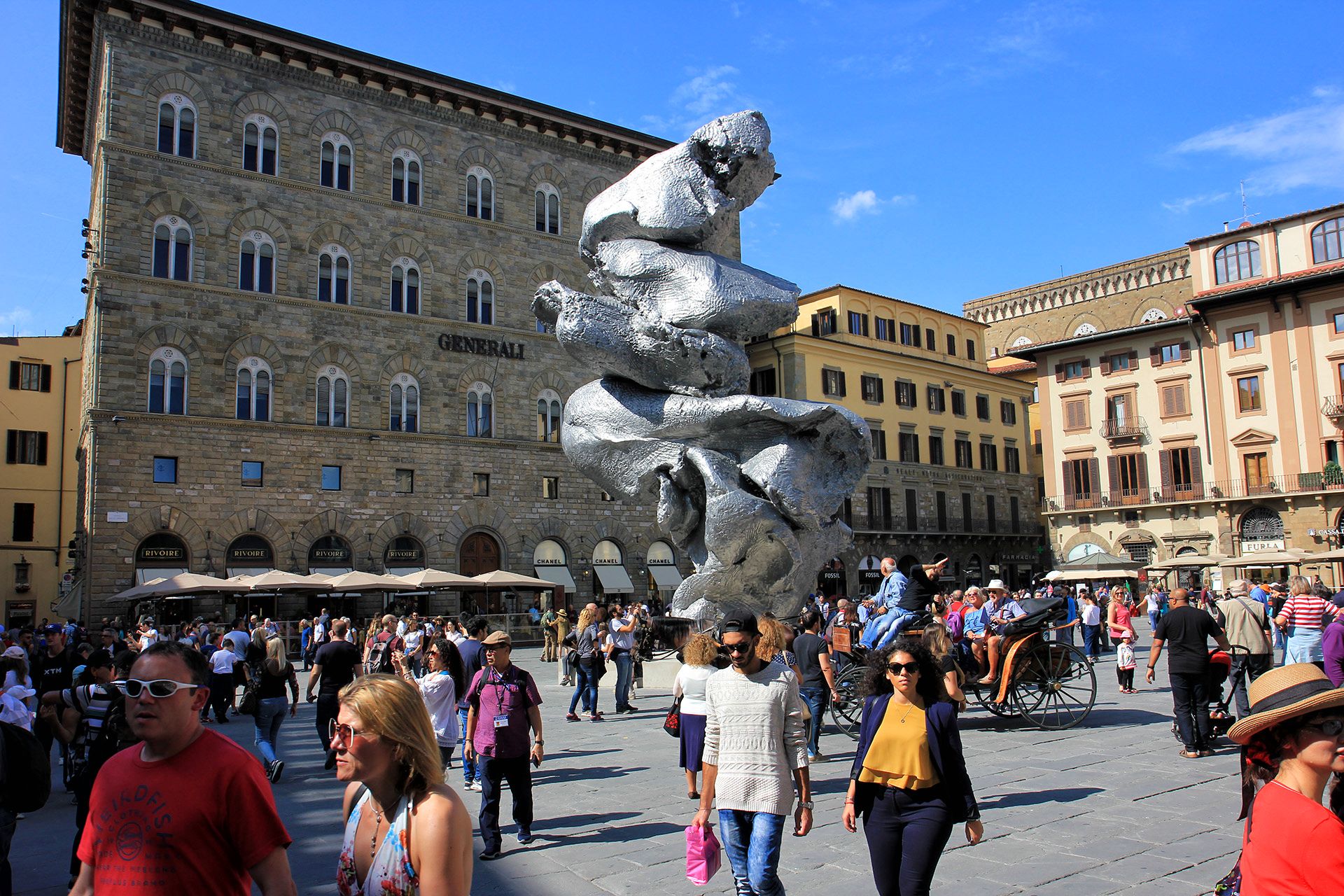



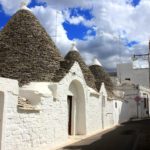







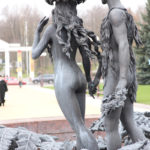

Sorry, the comment form is closed at this time.